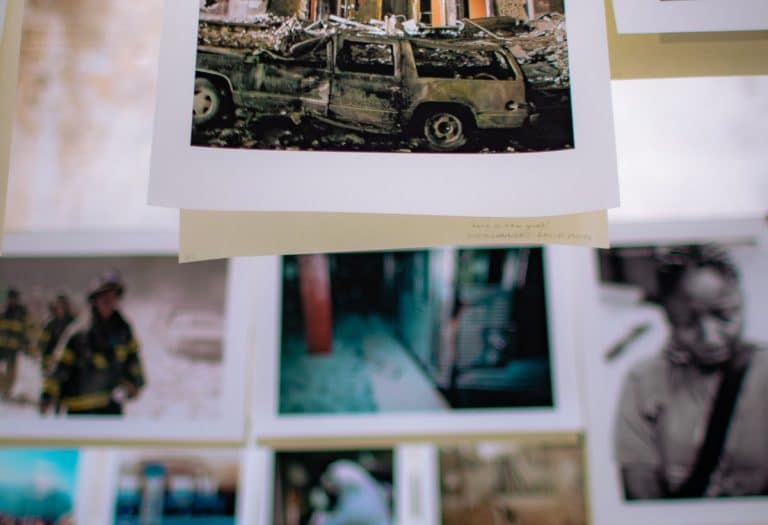7 lesser-known facts about the September 11 attacks

Today marks the 19th anniversary of the September 11 attacks, also known as 9/11 or the World Trade Center attacks, which took place in New York, Washington DC’s Pentagon and just outside of Shanksville, Pennsylvania. That’s why, as the world remembers the lives of the 9/11 victims, we gathered seven lesser-known facts about what happened that awful day.
20 people survived the World Trade Center crash
Only 20 people were able to survive the crash of the World Trade Center. Several people were rescued by the authorities after more than 20 hours after the attack. The 2006 movie World Trade Center is based on the 20 survivors who were pulled out of the rubble.
One person escaped seconds before the building collapsed
Canadian citizen Ron DiFrancesco escaped from the World Trade Center a few seconds before the building collapsed. As DiFrancesco escaped from the building, it completely collapsed and he was engulfed in fire and debris. He woke up a few days later in hospital.
Deathly attacks
According to US officials, the total number of US citizens who lost their lives in the 9/11 attacks was the highest number of Americans to die by violence in a single day since the US Civil War.
⅔ of a company’s employees lives were lost
The September 11 attacks also claimed the lives of two-third of the financial firm Cantor Fitzgerald’s employees. The firm used to operate on the 101st and 105th floors at One World Trade Centre and lost more than 650 of its employees in the 9/11 attack.
The fire of the attacks continued for 99 days
The fire of the attacks at the World Trade Center continued for 99 days and the New York City authorities were only able to extinguish the fire on 19 December.
Victims were mostly men
Of those who perished during the initial attacks and the subsequent collapses of the two towers, 343 were New York City firefighters, 23 were New York City police officers and 37 were officers at the Port Authority. The victims ranged in age from two to 85 years. Approximately 75 to 80 per cent of the victims were men.
Some victims remain unidentified
As of October 2019, 1,645 (so about 60 per cent) of the 2,753 World Trade Center victims’ remains have been positively identified, according to the medical examiner’s office.
This year’s 9/11 ceremony will look very different, but even without a stage, the day will be remembered no less. Family members have pre-recorded the names of the victims, which will be streamed online this morning so that only families can gather in person at the memorial to hear the names of their loved ones read aloud.





